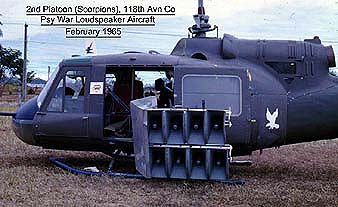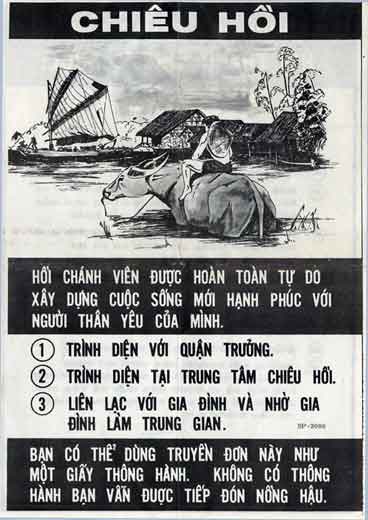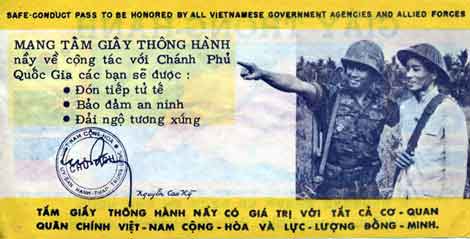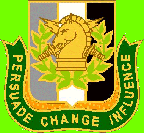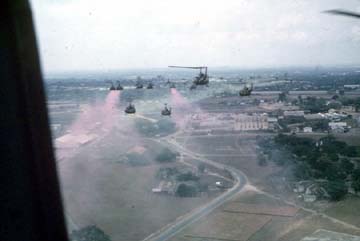 "Victory Dance" formation of Thunderbirds
(red smoke) approaching Cong Ly Street and
Bien Hoa for landing at Bird Cage.(64)
(Photo Harold "Chip" Austin)
"Victory Dance" formation of Thunderbirds
(red smoke) approaching Cong Ly Street and
Bien Hoa for landing at Bird Cage.(64)
(Photo Harold "Chip" Austin)
|
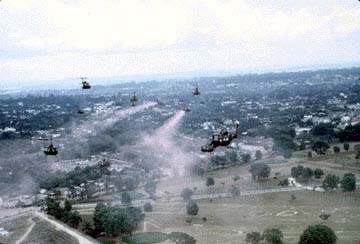 Another view a few seconds later in-bound
to
Bird Cage for overhead approach.(64)
(Photo courtesy Harold "Chip" Austin)
Another view a few seconds later in-bound
to
Bird Cage for overhead approach.(64)
(Photo courtesy Harold "Chip" Austin)
|
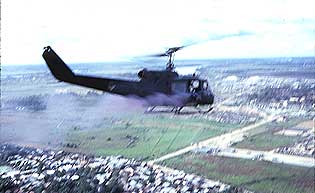 Bandits coming over Bien Hoa for the Bird
Cage
and an high over-head break to landing. The
tradition was still alive even in late 67.
(Photo courtesy Carl Garrett)
Bandits coming over Bien Hoa for the Bird
Cage
and an high over-head break to landing. The
tradition was still alive even in late 67.
(Photo courtesy Carl Garrett)
|
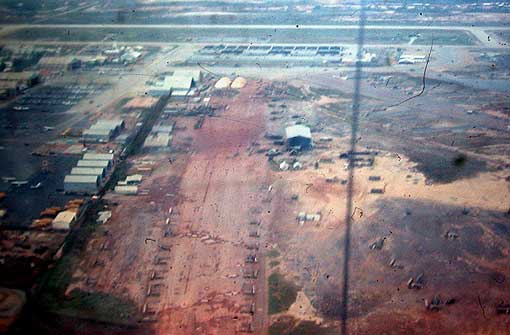 The formation flight approached directly
over the
"Bird Cage" at 500', indicated
in trail formation. As soon as
the lead aircraft was over center of "Bird
Cage"
they made left break and
circled around to land. (66)
(Photo courtesy Charles Milan)
The formation flight approached directly
over the
"Bird Cage" at 500', indicated
in trail formation. As soon as
the lead aircraft was over center of "Bird
Cage"
they made left break and
circled around to land. (66)
(Photo courtesy Charles Milan)
|
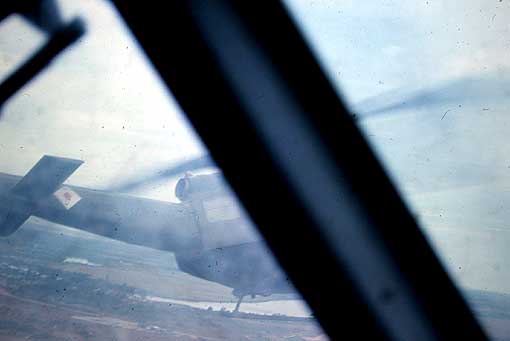 Second aircraft flying beside lead aircraft
after he made left break.(66)
(Photo courtesy Charles Milan)
Second aircraft flying beside lead aircraft
after he made left break.(66)
(Photo courtesy Charles Milan)
|
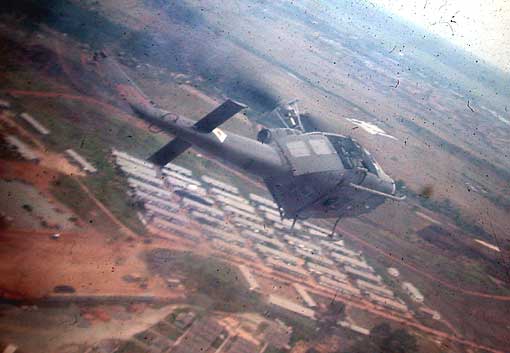 A couple seconds later.......! (66)
(Photo courtesy Charles Milan)
A couple seconds later.......! (66)
(Photo courtesy Charles Milan)
|
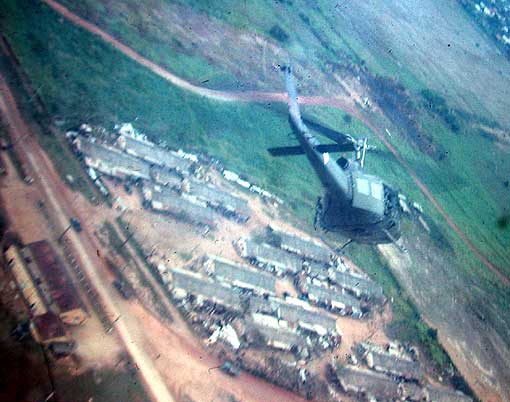 A couple seconds later........!(66)
(Photo courtesy Charles Milan)
A couple seconds later........!(66)
(Photo courtesy Charles Milan)
|
This space waiting on your photo!!1 |
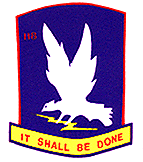
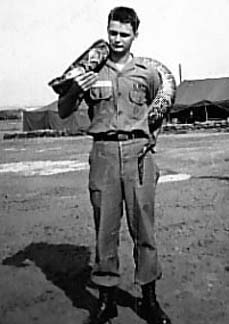
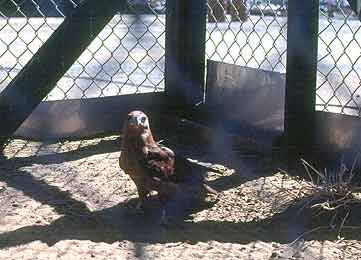
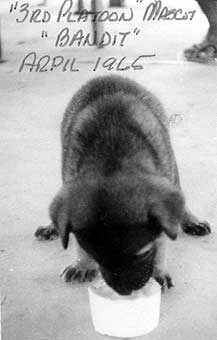
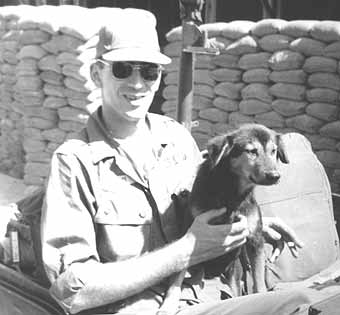
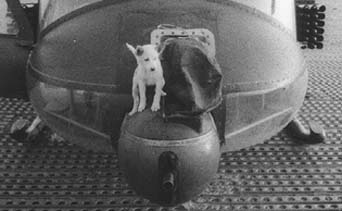
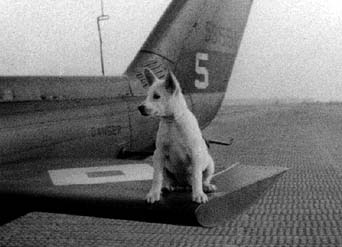
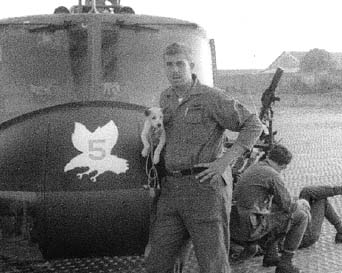
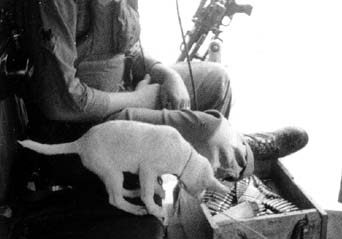
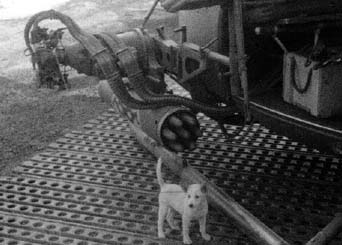
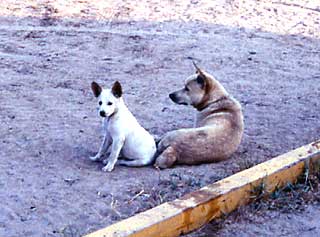
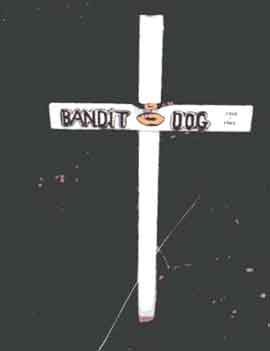
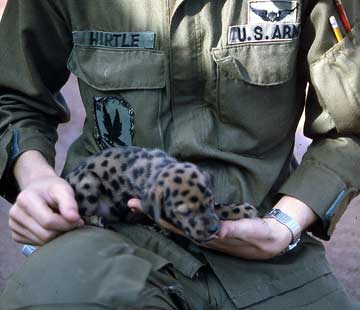
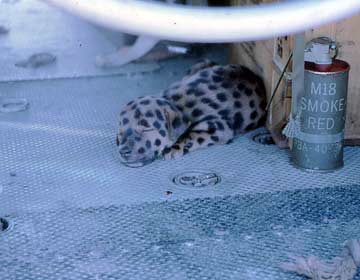
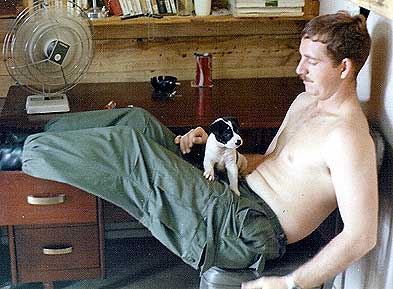
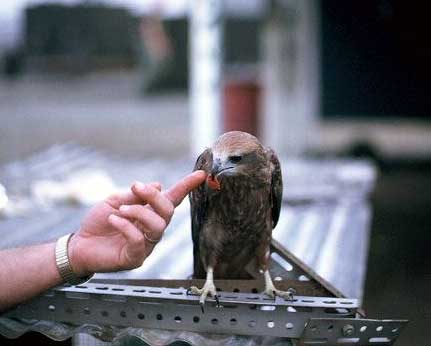
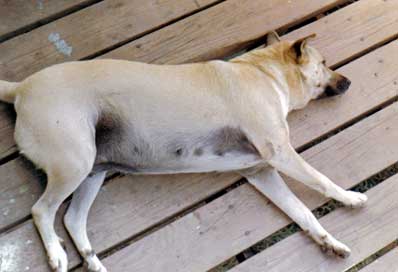
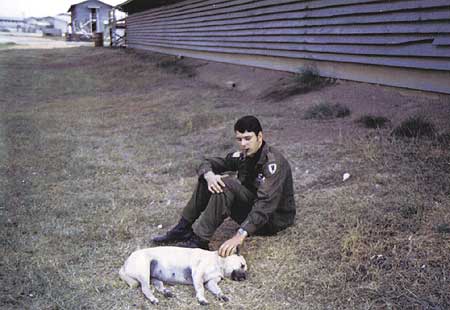
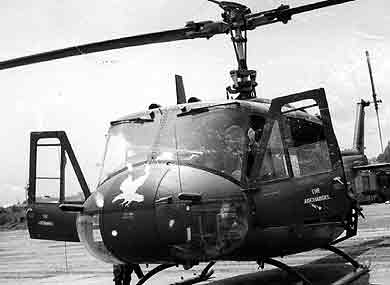
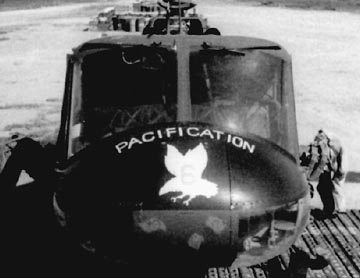
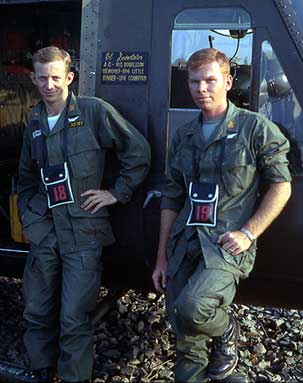
Badgley--70.jpg)
